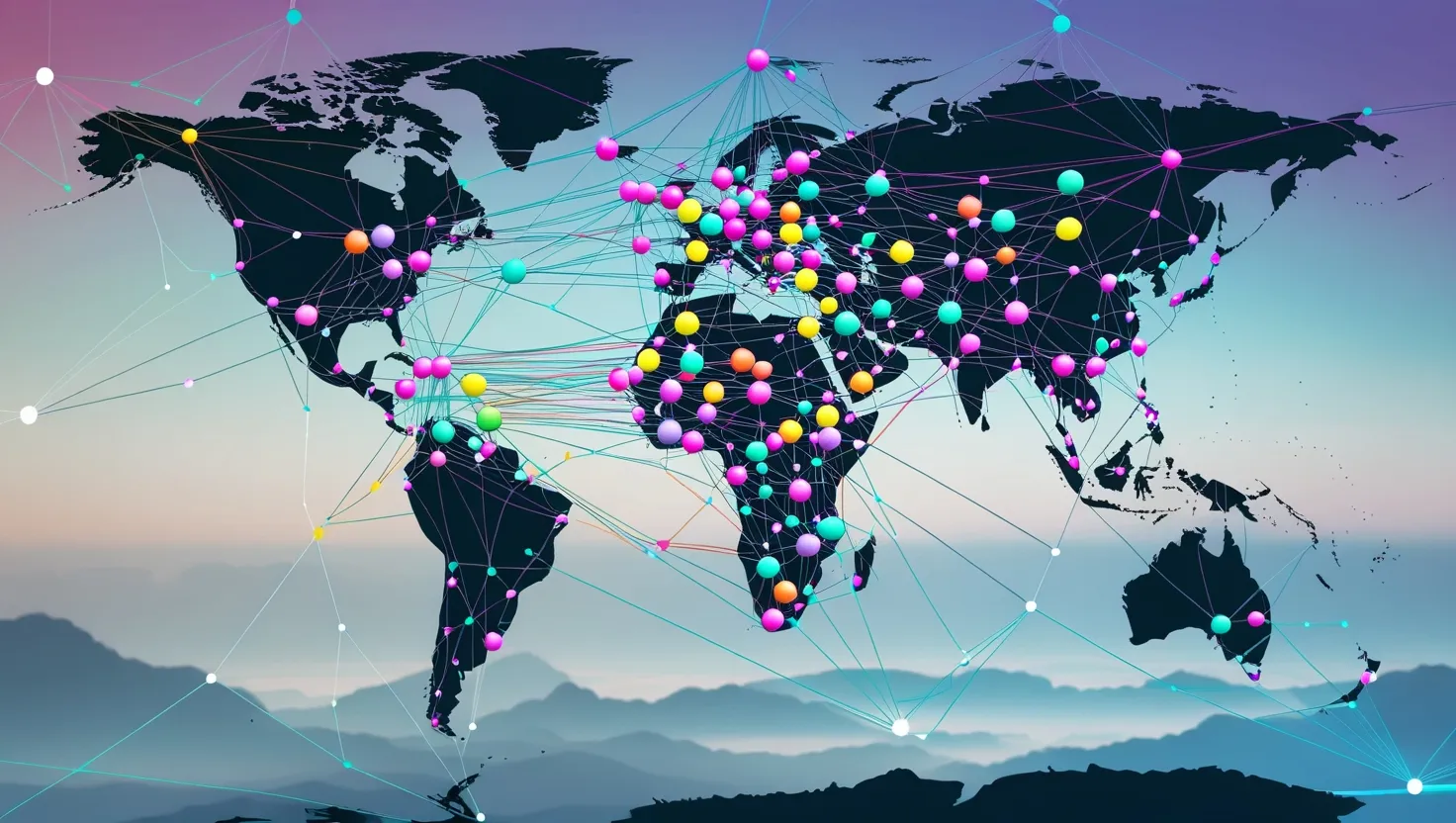Imagine a world where emotions are not just personal experiences, but a shared network that transcends both physical and digital boundaries. This is a realm where the principles of quantum entanglement are harnessed to create an intricate web of emotional connections, fostering a collective emotional intelligence that enhances our ability to collaborate, innovate, and solve complex problems.
To understand this concept, let’s delve into the fascinating world of quantum physics. Quantum entanglement, a phenomenon where two or more particles become interconnected in such a way that the state of one particle is instantly affected by the state of the other, regardless of the distance between them, offers a compelling analogy for emotional connections. Just as entangled particles can be thousands of miles apart yet still influence each other, humans could potentially tap into a similar network of emotional entanglement.
This idea may seem far-fetched, but it’s rooted in the notion that emotions, like quantum particles, can exhibit non-local behavior. When we feel a deep connection with someone, whether it’s a friend, family member, or even a stranger, it’s as if our emotional states are intertwined. This connection can be so strong that we can sense changes in the other person’s mood or emotional state, even if we are not physically close.
In a world where this quantum empathy network is realized, the implications are profound. Imagine being part of a team working on a global project, and as one team member experiences a breakthrough, you can feel the excitement and energy resonating through the network. This instantaneous emotional feedback loop can enhance collaboration, making it easier to align goals and work towards a common objective.
This network also has the potential to revolutionize how we conduct virtual meetings and remote work. Instead of relying solely on verbal cues and facial expressions, you could sense the subtle shifts in a client’s mood or the enthusiasm of a colleague. This would make communication more nuanced and effective, reducing misunderstandings and improving overall productivity.
The concept of collective emotional intelligence is central to this vision. By tapping into this shared emotional wisdom, we can make more informed decisions, foster creativity, and approach problem-solving with a broader perspective. It’s about creating a global emotional ecosystem where everyone’s feelings and insights contribute to a collective understanding.
But how do we achieve this? One approach is to integrate quantum-enhanced AI into our communication systems. AI can analyze emotional data in real-time, providing insights that help us better understand and respond to the emotional states of others. This technology can transform customer engagement, personalized learning, and even patient care by offering a more empathetic and responsive approach.
Moreover, this quantum-empathetic world challenges traditional notions of empathy and emotional intelligence. It suggests that empathy is not just a personal trait but a networked resource that can be harnessed and shared. This perspective encourages us to think of emotions not as isolated experiences but as part of a larger, interconnected system.
The potential for innovation in this field is vast. For instance, in education, a quantum empathy network could help teachers better understand the emotional needs of their students, creating a more supportive and effective learning environment. In healthcare, it could enable doctors to sense the emotional state of their patients more accurately, leading to more compassionate and personalized care.
However, this vision also raises important questions about privacy and emotional boundaries. How do we ensure that this network respects individual emotional privacy while still allowing for the benefits of collective emotional intelligence? This is a challenge that requires careful consideration and ethical guidelines to protect individuals from emotional overload or exploitation.
In the financial sector, a quantum empathy network could revolutionize how we make investment decisions and manage risk. By sensing the emotional undercurrents of the market, investors could make more informed choices, avoiding decisions driven by fear or greed. This could lead to more stable and sustainable financial systems.
Ultimately, the idea of a quantum empathy network is not just about technology or science; it’s about redefining how we connect with each other on a fundamental level. It’s about recognizing that our emotions are not isolated but part of a larger web of human experience. By embracing this perspective, we can create a world where empathy is not just a virtue but a powerful tool for global cooperation and innovation.
In this world, emotional barriers dissolve, and understanding becomes a tangible resource. We can imagine communities where conflicts are resolved more easily because people can feel and understand each other’s perspectives more deeply. We can envision workplaces where creativity and collaboration flourish because teams are emotionally aligned.
The journey to this quantum-empathetic world is complex and multifaceted, involving advances in quantum computing, AI, and our understanding of human emotions. However, the potential rewards are immense. By harnessing the power of quantum entanglement to create a network of shared emotions, we can transform how we live, work, and interact with each other, creating a more compassionate, innovative, and connected world.






